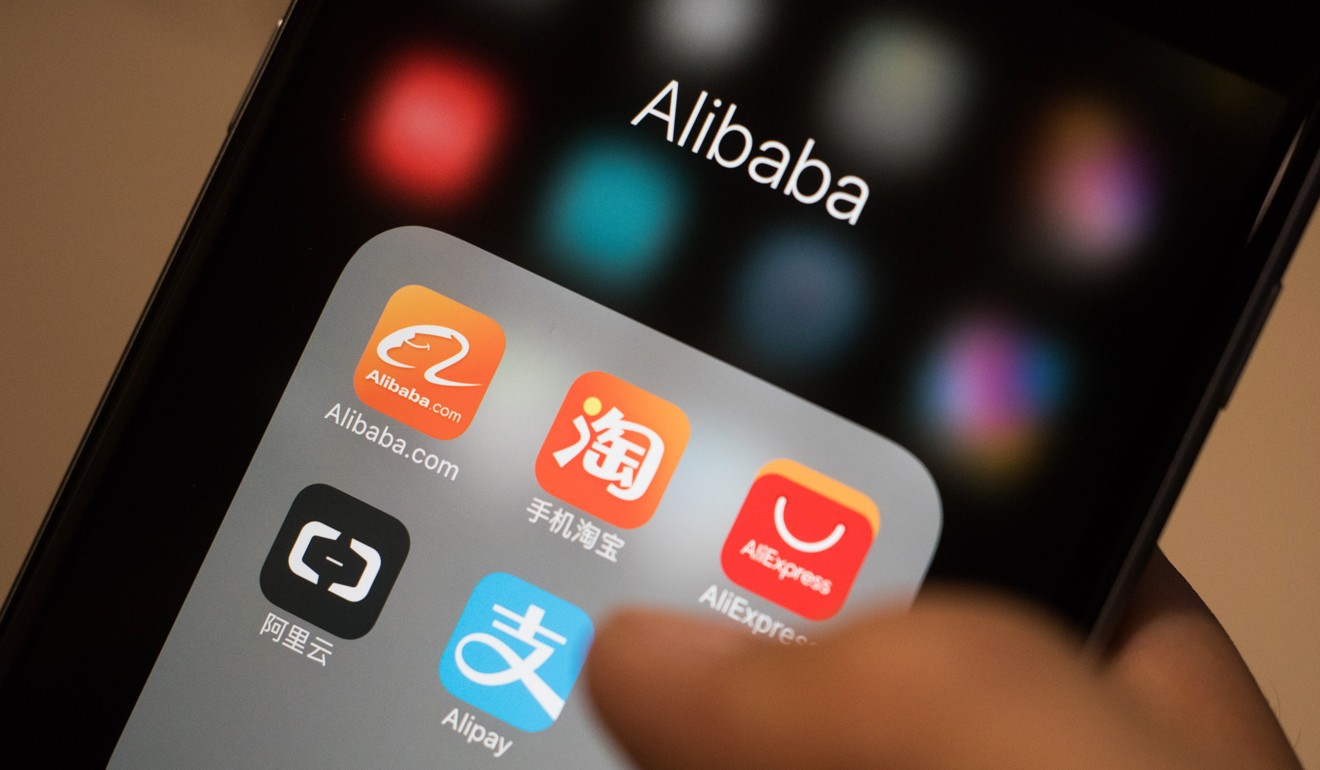
Squeezed margins, ‘new retail’ and possible Ant Financial IPO – five takeaways from Alibaba’s Q3 earnings
Logistics, new retail and digital entertainment businesses “highly strategic” to company’s future growth, says chief financial officer
1. Alibaba stake in Ant Financial paves the way for payments company to go public
Alibaba Group Holding, which owns the South China Morning Post, said late on Thursday that it would gain a 33 per cent stake in finance affiliate Ant Financial in exchange for certain intellectual property rights it owns that are related exclusively to Ant Financial – a move widely regarded as clearing the road for an Ant Financial initial public offering. Ant Financial might not be allowed to go public while New York-listed Alibaba holds intellectual property rights tied directly to its services, according to industry insiders.
This move also allows both to further align their business interests in the long term. After Ant Financial was spun off as a separate company in 2011, it had to pay royalty and technology service fees to Alibaba equalling 37.5 per cent of its pre-tax profits, which means that it was in Alibaba’s interest to maximise Ant Financial’s short-term profits. An equity stake in Ant Financial is a sign that Alibaba wants long-term shareholder value.
However, when pressed for further details regarding Ant Financial’s potential IPO during Alibaba’s earnings results conference call on Thursday, Alibaba chief financial officer Maggie Wu said there were currently no concrete plans.

2. Investments in logistics, entertainment and offline commerce weigh on margins – but Alibaba is not worried
Alibaba reported US$23.3 billion in net profit, which translates to just 36 per cent year-on-year growth – its slowest compared with the past three quarters, where net profit growth figures had at least doubled. Several business units, including the group’s loss-making logistics arm Cainiao, its recent new retail investments in offline retail operators such as Sun Art Retail and Intime, as well as continued spending in original content acquisition for its digital entertainment unit have put pressure on the company’s profit margins.
On Thursday, Wu downplayed concerns over its narrower margins, emphasising that the logistics, new retail and digital entertainment businesses were “highly strategic to [Alibaba’s] future growth and value creation”, while pointing out that Alibaba’s highly profitable core commerce business was not affected by these businesses.
“We are making the pie much bigger,” Wu said. “60 per cent of an apple compared with 40 per cent of a watermelon, which one do you want?”
“[Lower margins] are not a concern to us at all because we believe we can maintain the same capital efficiency over time, and generate similar returns on invested capital as our internet-based marketplaces,” she said, while commenting on the group’s new retail strategy and increased investment in the offline commerce landscape.

Alibaba recently signed a 12-year sponsorship deal with the IOC to provide cloud computing services, including infrastructure, data analytics, e-commerce and digital media solutions
3. Alibaba Cloud doubled its revenue but has yet to turn a profit as it strives to maintain its lead
Alibaba’s cloud computing revenue jumped by 104 per cent compared with the same time last year to 3.6 billion yuan during the quarter, driven by robust growth in paying customers, which include Watsons China, Geely and Beijing Capital International Airport. However, the cloud computing unit has yet to turn a profit, as Alibaba continues to spend aggressively to eke out solid market share and acquire new customers.
Market intelligence provider International Data Corporation already pegs Alibaba Cloud as the leader in China’s market for infrastructure-as-a-service, and the cloud computing arm ranked third behind Amazon and Microsoft in the public cloud market in 2017, according to a report by information technology advisory company Gartner.
Hangzhou-based Alibaba recently signed a 12-year sponsorship deal with the International Olympic Committee to provide cloud computing services, including infrastructure, data analytics, e-commerce and digital media solutions. The partnership will extend to the 2018 Winter Games, the 2020 Summer Olympics in Tokyo and the 2022 Winter Games in Beijing.
4. Making headway in Southeast Asia’s e-commerce market
Alibaba’s international commerce retail business, which includes its Southeast Asia-focused online shopping marketplace Lazada and its global retail marketplace AliExpress, touched 4.73 billion yuan in sales, up 93 per cent from the same period a year ago.
The company is aiming to duplicate its domestic e-commerce success in Southeast Asia, a region with many similar characteristics to a pre-Alibaba China – and its efforts are paying off. During Singles' Day last year, Lazada drew a record-breaking US$123 million in sales. AliExpress, which helps ship goods from Alibaba platforms to global destinations, is also helping to extend the Chinese company’s user base globally.

5. Tougher times ahead?
The company’s revenue and profit growth was expected to be more sluggish in the coming quarters, as analysts forecast increased competition between Alibaba and rivals such as JD.com and Tencent in the commerce space.
Tencent recently took a 5 per cent stake in China’s Yonghui Superstores, and is in talks to invest in French retail company Carrefour. Online retailer JD.com in January also opened its 7 Fresh chain of stores, which competes head-to-head with Alibaba’s Hema Supermarket chain.
Both 7 Fresh and Hema integrate online and offline shopping – consumers can shop online from the comfort of their homes and have the groceries packed and delivered to their doorstep. If they prefer to shop in-person, chefs are available to whip up a meal with the fresh produce, seafood or meats that the customer has picked out.

Although Alibaba’s stock price recently broke through the US$200 mark, placing it in the US$500 billion market capitalisation club together with players such as Tencent and Facebook, the group’s stock price plunged by about 6 per cent to close at US$192.22 on the NYSE following its earnings results.
Additional reporting by Alun John


